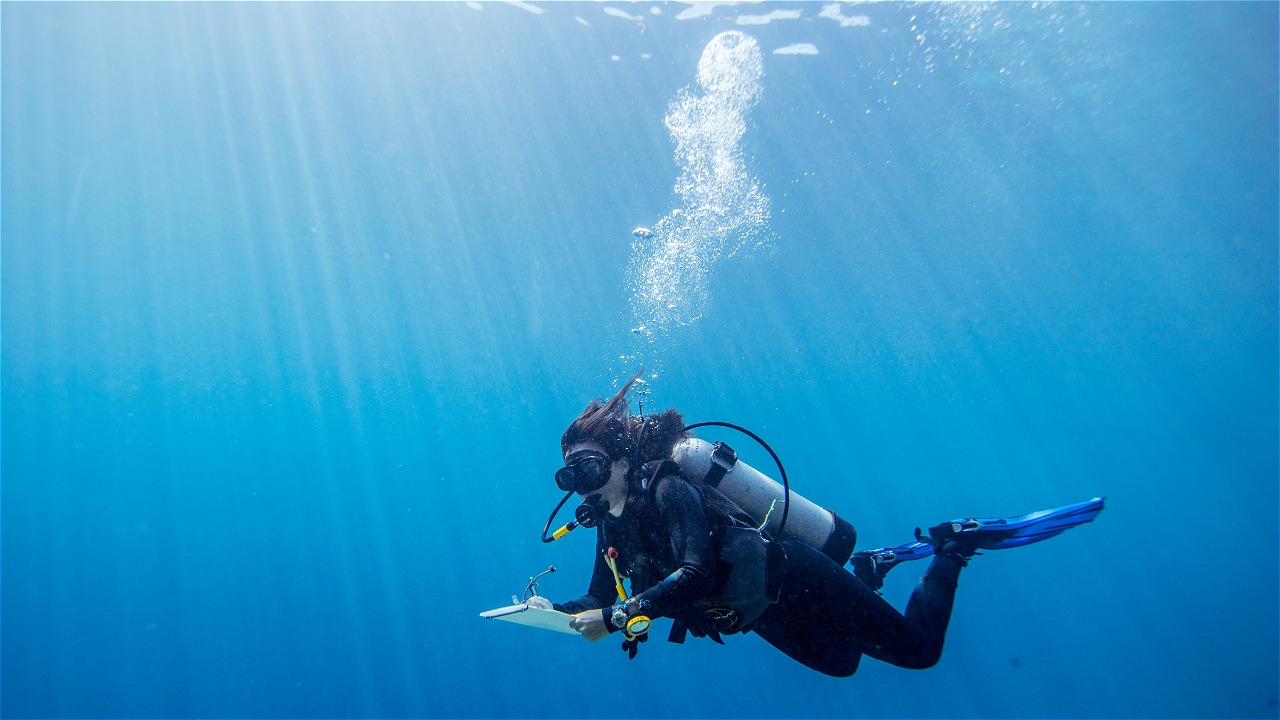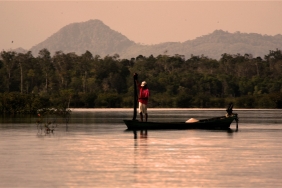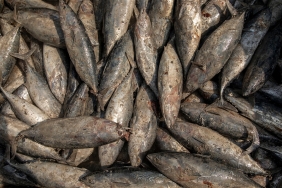ESCAPE THE CURRENT TRAP (1)
By: Sila Kartika Sari (Reef Check Indonesia)
Diving is an activity full of risks, obstacles and surprises. The risk of strong currents, dangerous marine animals, high waves, and so on. We, the divers in #XPDCALORFLOTIM were faced with the characteristics of Alor's waters, which have low to strong currents, with temperatures ranging from 22°C-26°C. Since the beginning, we have been equipped with knowledge about anticipating these strong currents. As it turned out today, Prakas (Reef Check Indonesia) and I had to experience the drama of being trapped by the past, eh, currents, south of Pura Island, Alor.
The island is located at the end of the confluence of two straits between Alor and Pantar Islands, so it is predictable that the water currents will be quite strong. The waters of Pura Island were very cold for me at that time. Written on the dive comp,the temperature reached 22°C. Moreover, when the dive started, the horizontal current was already fairly strong.
We, as fish researchers, had to do a long swim at the end of the transect for 15 minutes or the equivalent of 300 meters to record fish larger than 35 cm. At the end of 15 minutes, as Prakas and I were about to swim to the surface to end our long swim, we were suddenly hit by a downward vertical current, known as a down current. Down current is arguably one of the things divers are wary of, as the mass flow of water from the surface can take divers deeper into the water quickly.
This can happen due to many factors, such as waves, differences between temperature and salinity, and also wind. Suddenly we were both shocked and immediately stuck our hooks in the niches of rocks or dead coral reefs around. We couldn't find any large objects such as rocks or massive coral reefs to take refuge in, and this made us exposed to the current even stronger.
As per procedure, at the end of the long swim, I had to develop a Surface Marker Buoy (SMB) or a diver's marker buoy to the surface that had been attached with a 5-meter rope. Extra effort was needed to develop the SMB, which kept pointing downward due to the current.
My mask became waterlogged as the current continued to hit from above and in front. For three minutes, we struggled to inflate the SMB, and finally it was successfully inflated. However, a new problem arose.
As the SMB inflated, the rope of the SMB caught on my hook, which had been unconsciously detached from the rock where I stuck the hook. My body was pulled down even more heavily as the current pulled the SMB into the depths. I was, at that moment, like Superman in flight.
Read More: Escape the Current's Trap (2)





